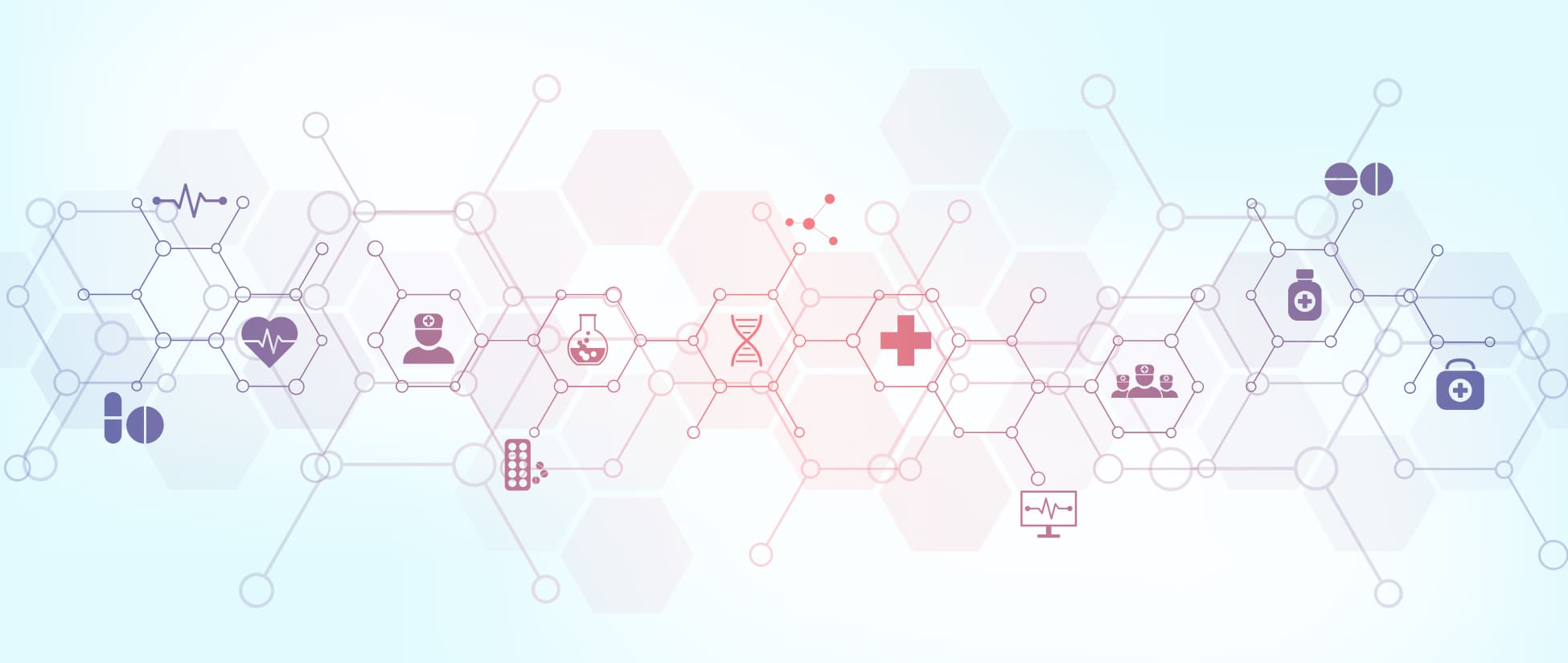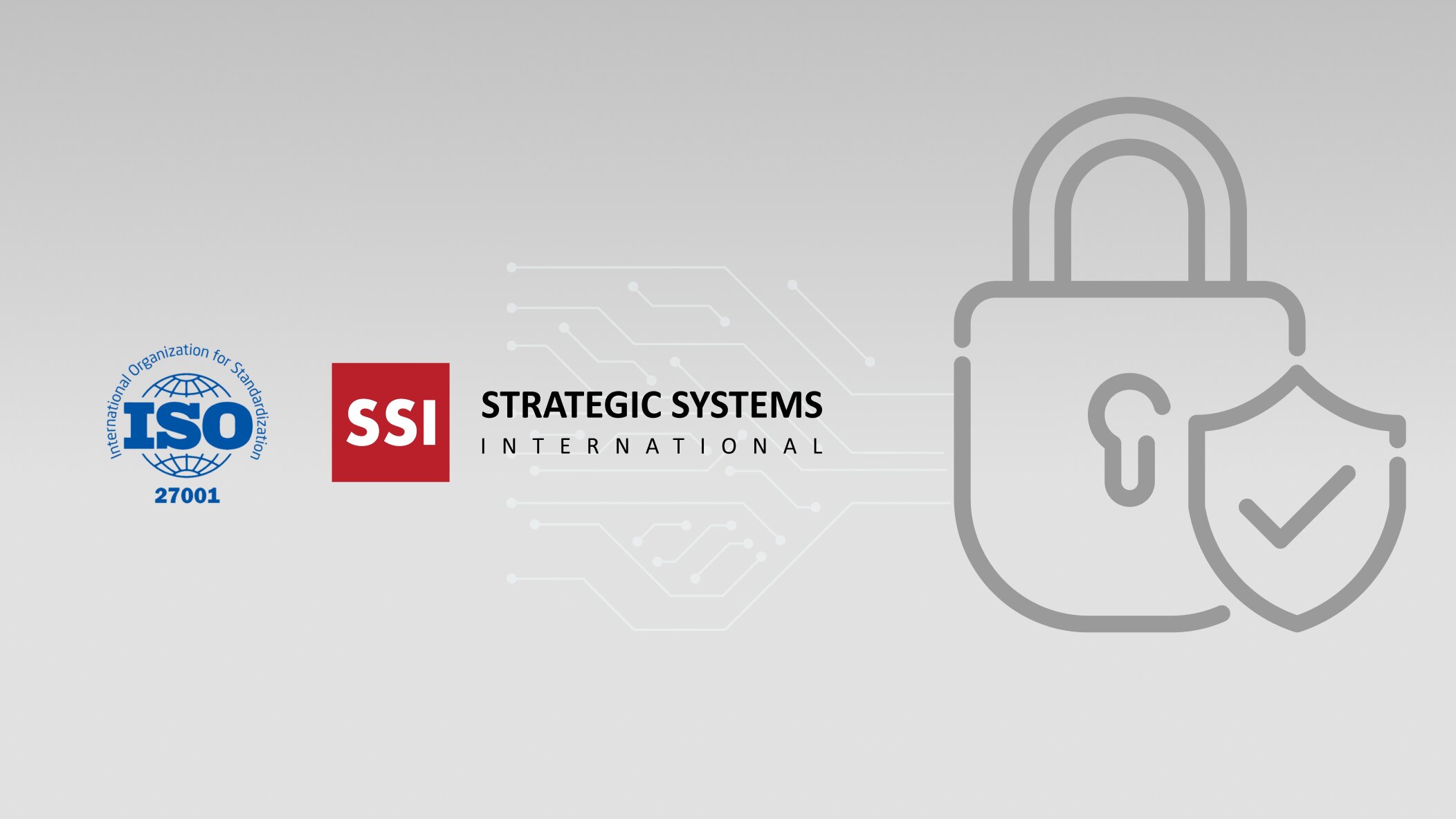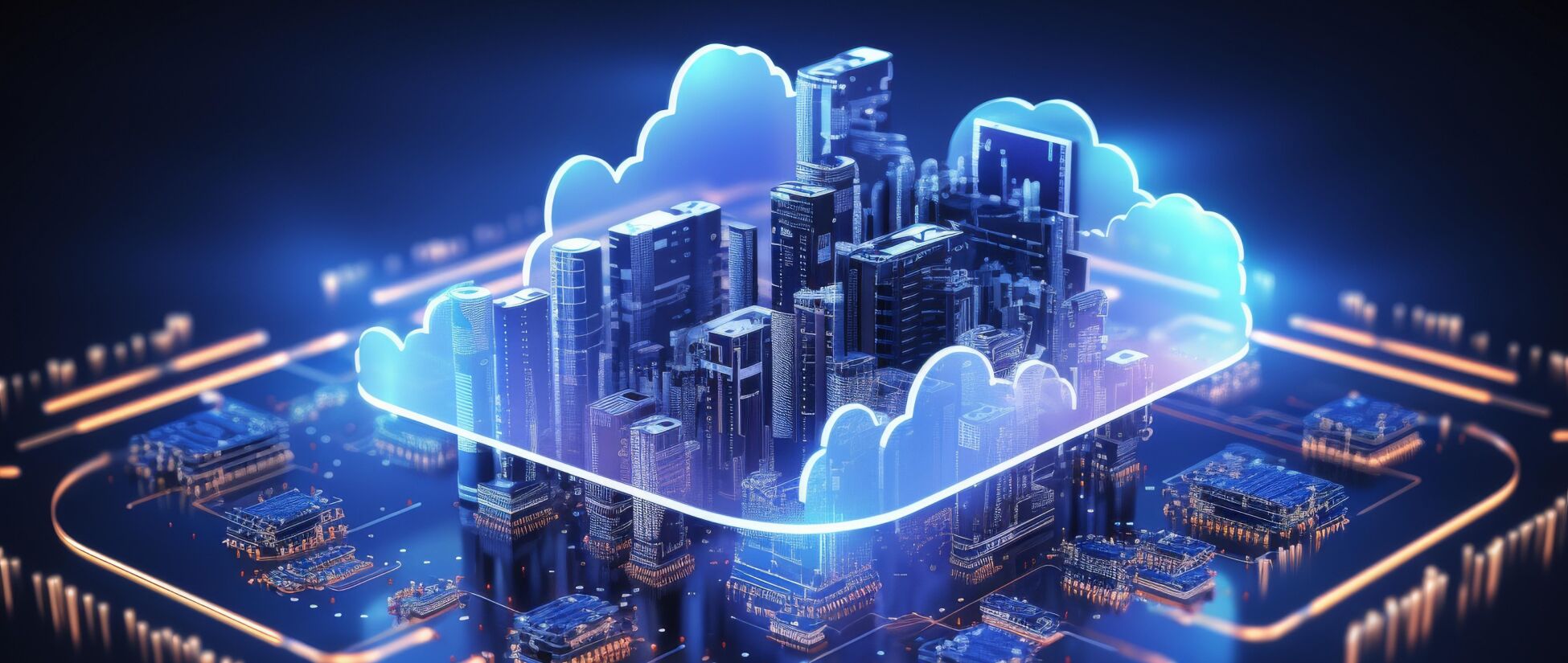Fog computing has its structure stored in a decentralized location, closer to the device from where the data comes. A closer storage location allows the data transfer process to be carried out locally, it is less complex and allows the transfer of data with speed and efficiency. Fog computing is a distributed architecture that spans the continuum between the cloud and everything else, this technology helps resolve latency, rising cost, inaccessibility, sensitive data, and security concerns. It allows the distribution of critical core functions such as computing, communication, control, storage, and decision making closer to where the data originates.
Read More: How Cloud Computing is Reinventing Supply Chain Management
Internet of Things (IoT) devices are flooding the world, a study by Statista predicts that we can expect over 75 billion IoT devices to be active by 2025 – this will bring a massive influx of data from these devices – fog computing and edge computing are two technologies that can handle this storm of data. Fog and Edge computing are effectively the same, both are concerned with leveraging the computing capabilities within a local network to carry out computational tasks instead of the cloud. The main difference between fog computing and edge computing is where the processing of the data takes place.
Read More: Top Five AI-Powered IoT Start-ups(Infographic)
Envision – a New York-based renewable energy company improved its productivity by 15% using fog computing. This outcome was possible by connecting the sensors used in the turbines and putting the data through the fog. Analysis time came down drastically from 10 minutes to only a few seconds which eventually led to a better decision-making process that benefited the organization.
Some of the advantages of Fog computing are:
Scalability and Flexibility
- Fog computing allows multiple devices from multiple platforms to connect and share data without any hindrance
- It also allows devices to be scaled up on-demand basis
Low Latency
- Low latency enables the user and IoT devices to work faster and generate real-time data efficiently
- Data processing near the devices decreases latency to a great extent
Security
- Localized data processing provides better security
- IT infrastructure security policies are implemented in a fog computing environment
Cost reduction
- Local data processing saves network bandwidth and infrastructure costs
Tech businesses storing data in data centers should consider fog computing and analyze how their organization can benefit from this robust technology. It is a vital architecture where data-intensive issues are creating cause for concern. So far applications of fog computing have been seen across a variety of industries and it will continue to spread its influence over others in the future. Please contact us at sales@ssidecisions.com to explore how your business can benefit from Fog Computing technology. E-mail to book a free consultation now!
Accelerate your digital and product engineering capabilities through remote work!
As companies struggle to maintain business continuity and maintain their digital growth trajectory, we are fully prepared and experienced to partner.



